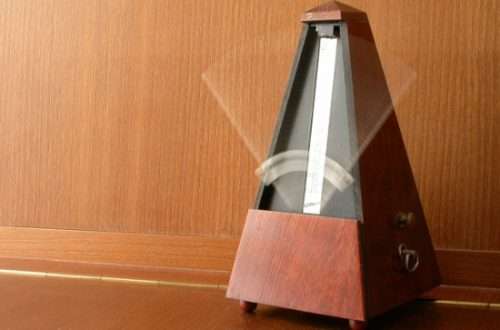
How to choose a microphone? Types of microphones
Microphones. Types of transducers.
The key part of any microphone is the pickup. Basically, there are two basic types of transducers: dynamic and capacitive.
Dynamic microphones have a simple structure and do not require an external power supply. Simply connect them with a cable XLR female – XLR male or XLR female – Jack 6, 3 mm to a signal capture device such as a mixer, powermixer or audio interface. They are very durable. They withstand high sound pressure very well. They are perfect for amplifying loud sound sources. Their sound characteristics can be called warm.
Condenser microphones have a more complex structure. They require a power source that is often supplied by the phantom power method (the most common voltage is 48V). To use them, you need an XLR female – XLR male cable plugged into a socket that has a Phantom power method. You should therefore have a mixer, powermixer or audio interface that includes the Phantom. Nowadays, this technology is common, although you can still come across mixers, power mixers and audio interfaces without it. Condenser microphones are more sensitive to sound, which makes them very popular in studios. Their color is balanced and clean. They also have a better frequency response. However, they are so sensitive that singers most often need microphone screens for them so that the sounds such as “p” or “sh” do not sound bad.

An interesting fact are the microphones built on the basis of the ribbon transducer (a variety of dynamic transducers). In Polish called ribbon. Their sound can be described as smooth. Recommended for those who want to recreate the sonic characteristics of old recordings of virtually all instruments from that time, as well as vocals.
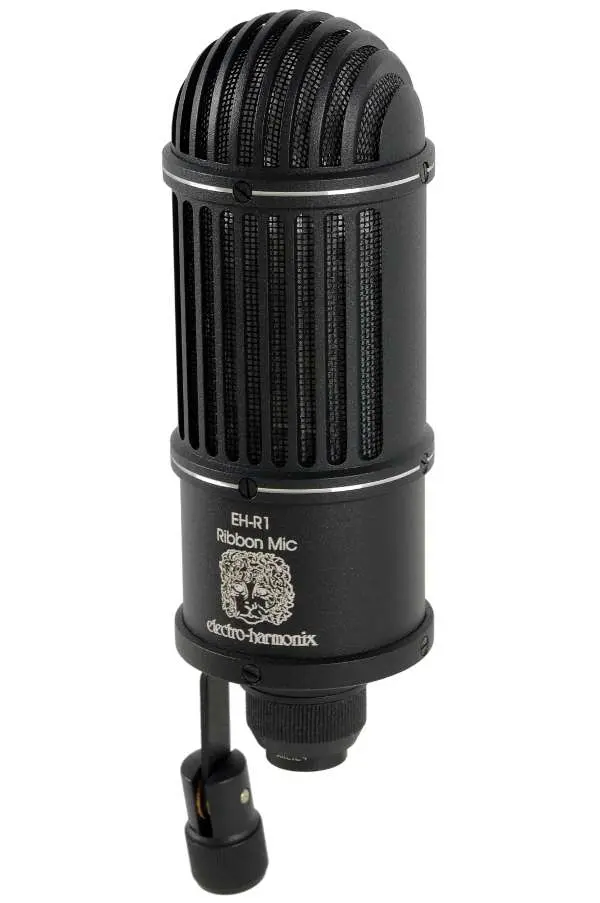
Microfony cardoidalne are directed in one direction. They pick up the sound in front of you while isolating the sounds around you. Very useful in noisy environments as they have low feedback susceptibility.
Supercardoid microphones They are also directed in one direction and isolate sounds from the surroundings even better, although they can pick up sounds from behind from their immediate vicinity, so during concerts pay attention to the correct positioning of the listening speakers. They are very resistant to feedback.
Cardoid and supercardoid microphones are called unidirectional microphones.
Omni-directional microphonesas the name suggests, they pick up sounds from all directions. Due to their structure, they are more prone to feedback. With one such microphone you can amplify a group of many singers, choristers or instrumentalists at the same time.
There are still two-way microphones. The most common are microphones with ribbon transducers. They pick up the sound just as well from the front and back, isolating the sounds on the sides. Thanks to this, with one such microphone, you can amplify two sources at the same time, although they can also be used to amplify one source without any problems.
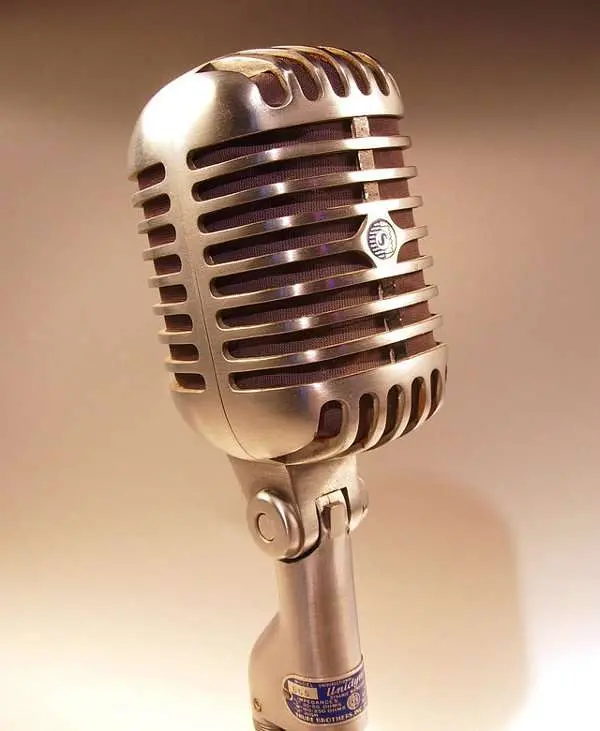
Diaphragm size
Historically, membranes are divided into large and small, although nowadays medium-sized ones can also be distinguished. Smaller diaphragms have better attack and greater susceptibility to higher frequencies, while larger diaphragms give the microphones a fuller and rounder sound. Medium diaphragms have intermediate features.
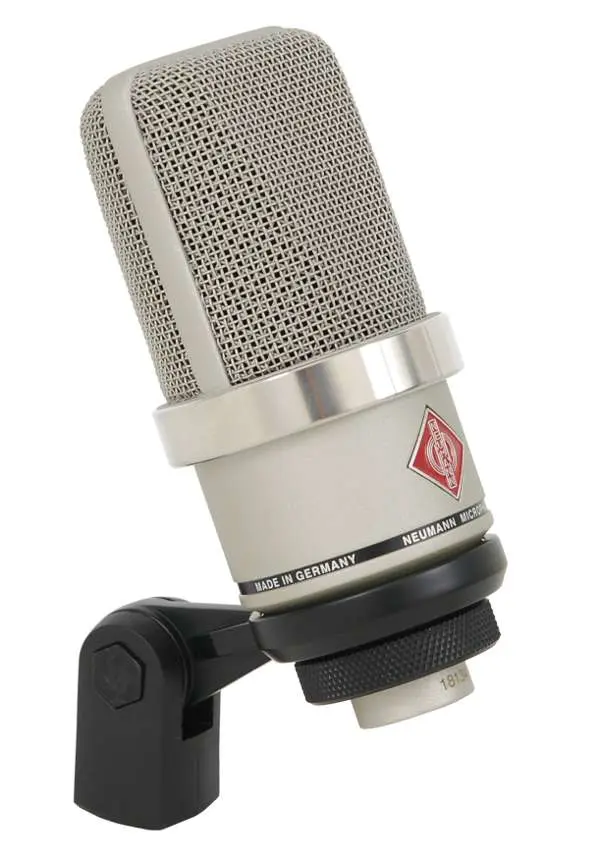
Applications of individual types
Now let’s look at the above theory in practice with the examples of various sound sources.
Vocalists use both dynamic and condenser microphones. The dynamic ones are preferred on a loud stage, and the capacitive ones in isolated conditions. This is not to say that condenser microphones are of no use in “live” situations. Even at gigs, owners of more subtle voices should consider condenser microphones. However, if you intend to sing very loudly into a microphone, remember that dynamic microphones can handle high sound pressure better, which also applies to the studio. Microphone directivity for vocals mainly depends on the number of singers or choristers using one microphone at a time. For all vocals, microphones with large diaphragms are most often used.
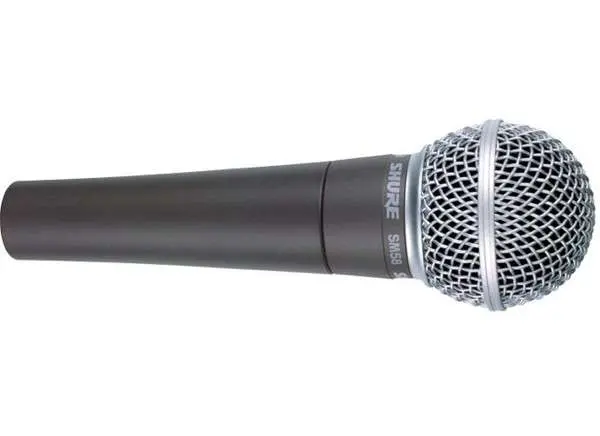
Electric guitars transmit the signal to the amplifiers. While transistor amplifiers do not need high volumes to sound good, tube amplifiers need to be “turned on”. For this reason, dynamic mics are mainly recommended for electric guitars, both for the studio and for the stage. Condenser microphones can be used without problem for low-power, low-power solid-state or tube amplifiers, especially when you want a cleaner sound reproduction. Unidirectional microphones are the most commonly used. The size of the diaphragm depends on personal sonic preferences.
Bass guitars they also transmit a signal to amplifiers. If we want to amplify them with a microphone, we use microphones with a frequency response capable of picking up very low frequency sounds. One-sided directivity is preferred. The choice between a condenser and a dynamic microphone depends on how loud the sound source, i.e. the bass amplifier, is. They are more often dynamic both in the studio and on stage. Moreover, a large diaphragm is preferred.
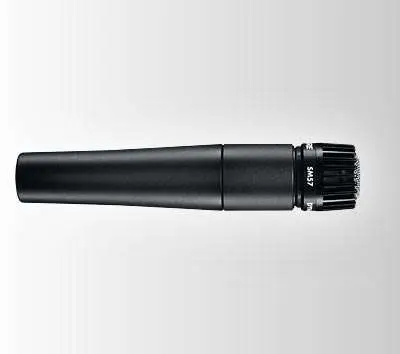
Drum kits they need a few microphones for their sound system. Simply put, the feet need microphones with similar properties to bass guitars, and snare drums and toms like electric guitars, so dynamic microphones are more common there. The situation changes with the sound of the cymbals. Condenser microphones reproduce the sounds of these parts of the drum kit more clearly, which is very important for hihats and overheads. Due to the specificity of a drum kit, in which the microphones can be close together, unidirectional microphones are preferable if each percussion instrument is amplified separately. Omni-directional microphones can pick up several percussion instruments at once with great success, while more clearly reflecting the acoustics of the room where the drums are placed. Small diaphragm microphones are especially useful for hihats and overheads, and large diaphragm percussion feet. In the case of snare and toms it is a subjective matter, depending on the sound you want to achieve.

Acoustic guitars are most often amplified by unidirectional condenser microphones, because the purity of the sound reproduction in this case is very important. The sound pressure is too low for acoustic guitars to be a problem for condenser microphones. The choice of diaphragm size is geared towards personal sonic preferences.
Wind instruments are amplified by dynamic or condenser microphones, both unidirectional. Often it is a choice based on subjective feelings related to a warmer or cleaner sound. However, in the case of, for example, trumpets without a muffler, problems may arise with condenser microphones due to too high sound pressure. It should be noted that omni-directional remote condenser microphones can pick up several wind instruments at once, which is often found in brass bands, but less often in groups with a brass section. A more complete sound for wind instruments is provided by microphones with a large diaphragm, which is very important in their case. If a brighter sound is desired, small diaphragm microphones can always be used.

String instruments is most often amplified with condenser microphones, because the warm color traditionally associated with dynamic microphones is inadvisable in their case. One string instrument is amplified using an unidirectional microphone. Several strings can be amplified by either assigning one unidirectional microphone to each instrument, or all using one omni-directional microphone. If you need a faster attack, e.g. when playing pizzicato, small diaphragm microphones are recommended, which also offer a brighter sound. For a fuller sound, microphones with a larger diaphragm are used.
Piano Due to its structure, it is most often amplified by 2 condenser microphones. Depending on what effect we want to achieve, unidirectional or omni-directional microphones are used. Most often, thinner strings are amplified with a microphone with a smaller diaphragm, and thicker ones with a larger diaphragm, although 2 microphones with a larger diaphragm can also be used if the high notes are to be fuller.
Summation
Choosing the right microphone is very important if you want to successfully amplify vocals or instruments during a concert or record them at home or in the studio. A badly selected microphone can ruin the sound, so it is so important to match it to a given sound source to get the right effect.
Comments
Great article, you can learn a lot 🙂
Crisis
great in an accessible way, I found out some interesting basic things and that’s it thanks
riki





